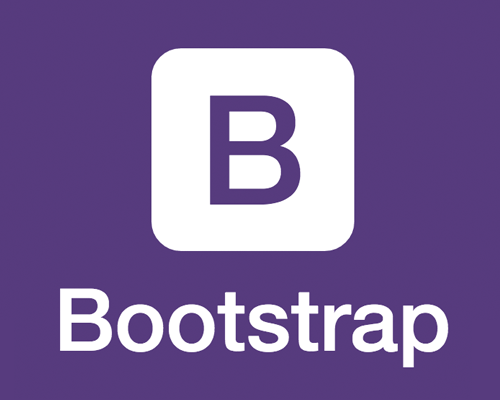The Power of CSS Frameworks: Building Responsive Web Designs with Ease
CSS frameworks have revolutionized web development by providing pre-written CSS code and JavaScript components that simplify the process of building responsive and visually appealing web designs. These frameworks offer a standardized set of tools and styles, allowing developers to focus on the content and functionality of their websites rather than spending countless hours on CSS styling. In this blog post, we'll explore the benefits of CSS frameworks, popular options, and how they can significantly streamline your web development workflow.
- 1. Understanding CSS Frameworks
CSS frameworks are collections of pre-written CSS styles, grids, and components that follow a set of design principles. They provide a consistent and standardized foundation for designing websites and web applications. By utilizing CSS frameworks, developers can achieve a visually cohesive and responsive layout with minimal effort.
2. Advantages of CSS Frameworks
a. Rapid Development: CSS frameworks offer a ready-to-use set of styles and components, reducing the need to write CSS from scratch. This accelerates the development process, enabling faster prototyping and project completion.
b. Responsive Design: Most CSS frameworks come with built-in responsive design features, ensuring that websites adapt seamlessly to various screen sizes and devices.
c. Cross-Browser Compatibility: CSS frameworks are extensively tested, making them compatible with a wide range of web browsers. This eliminates the need for manual browser-specific fixes.
d. Consistent Styling: Frameworks enforce consistency in design elements, such as typography, buttons, forms, and navigation, resulting in a polished and professional look.
e. Community Support: Popular CSS frameworks have large communities, providing access to documentation, tutorials, and community-driven extensions and enhancements
3. Popular CSS Frameworks
a. Bootstrap: Developed by Twitter, Bootstrap is one of the most widely used CSS frameworks. It offers a robust grid system, a vast collection of UI components, and responsive design capabilities.
b. Foundation: Developed by ZURB, Foundation is another highly regarded CSS framework. It is known for its flexible grid system, customizable components, and strong emphasis on mobile-first development.
c. Materialize: Based on Google's Material Design principles, Materialize offers a modern and visually appealing UI. It includes a comprehensive set of components and animations for a sleek user experience.
d. Bulma: Bulma is a lightweight and flexible CSS framework. It emphasizes simplicity and modularity, making it easy to customize and adapt to various projects.
e. Semantic UI: Semantic UI focuses on providing human-friendly HTML that is intuitive to work with. Its expressive class names make it easy to read and understand the code.
f. Tailwind CSS: Tailwind CSS takes a different approach by providing utility classes that allow developers to build custom designs without writing custom CSS. It offers a comprehensive set of utility classes that can be combined to create unique designs. Tailwind CSS is highly customizable and suitable for both simple and complex projects.
4. Getting Started with a CSS Framework
a. Installation: Include the CSS framework's stylesheet and, if required, the associated JavaScript file in your project's HTML file.
b. Grid System: Learn and utilize the grid system to create responsive layouts for your web pages.
c. Components: Familiarize yourself with the available components, such as buttons, navigation bars, cards, and forms, to enhance the user interface.
d. Customization: Many CSS frameworks offer customization options, allowing you to modify colors, fonts, and other styles to match your project's branding.
5. Considerations and Best Practices
a. Keep it Lightweight: Avoid including unnecessary components or styles to keep your website's file size minimal.
b. Responsive Design First: Prioritize building responsive designs using the framework's features to ensure compatibility across devices.
c. Test for Cross-Browser Compatibility: Even though CSS frameworks are designed to be compatible, always test your website across multiple browsers to ensure consistency.
d. Stay Updated: Regularly update to the latest version of the framework to benefit from bug fixes, improvements, and new features.




